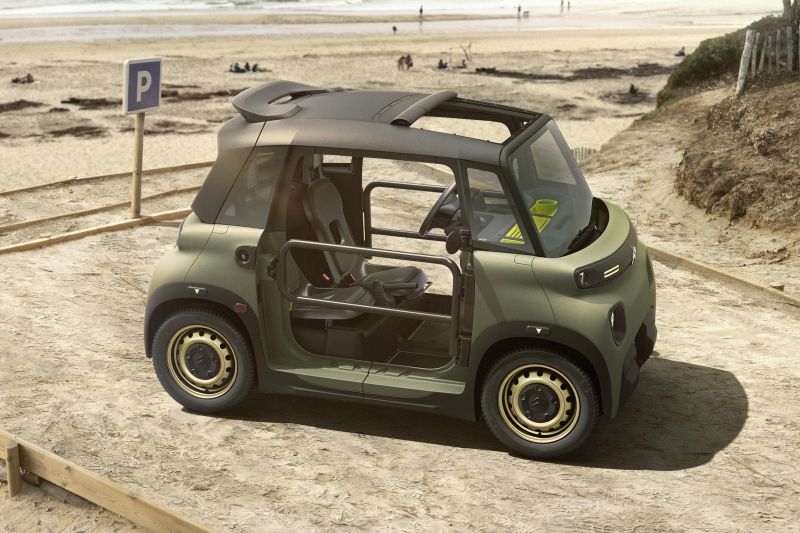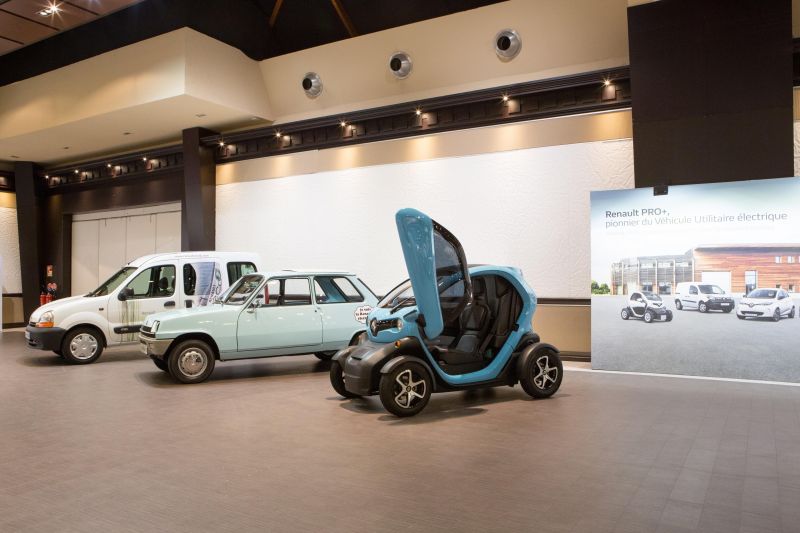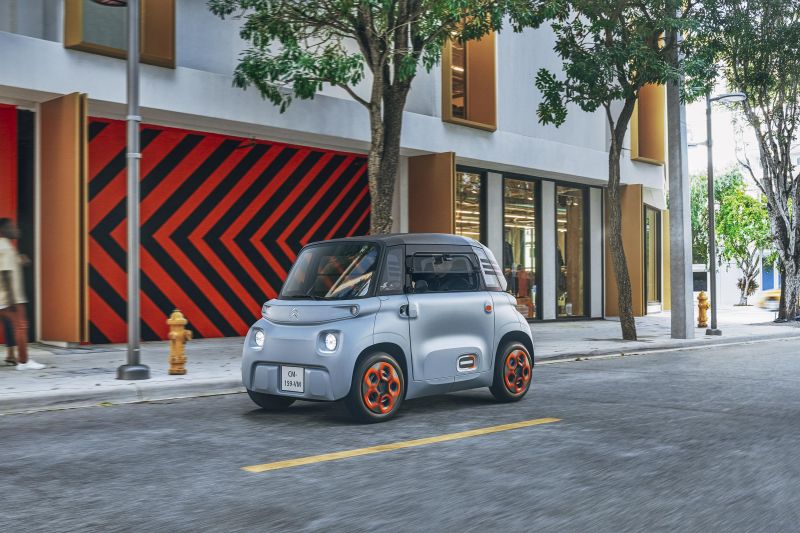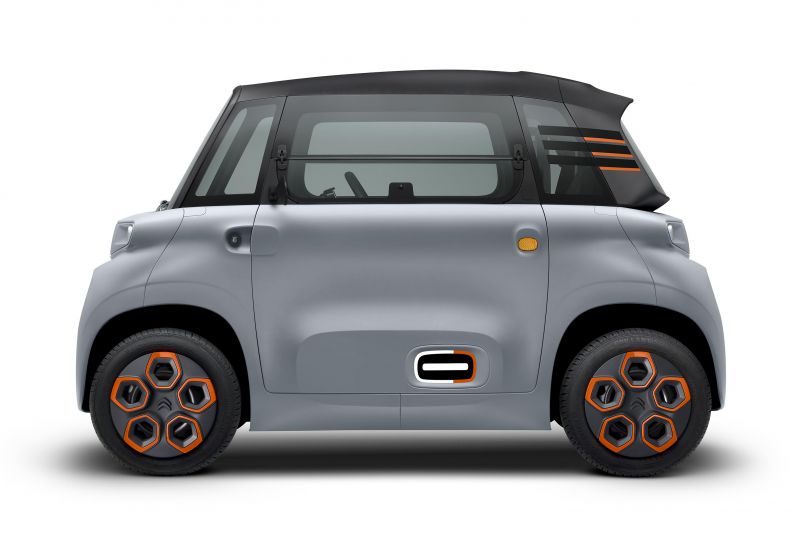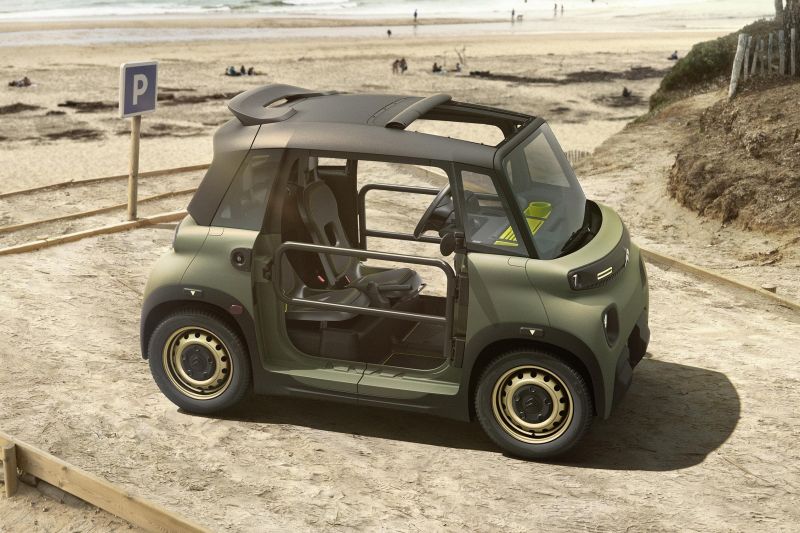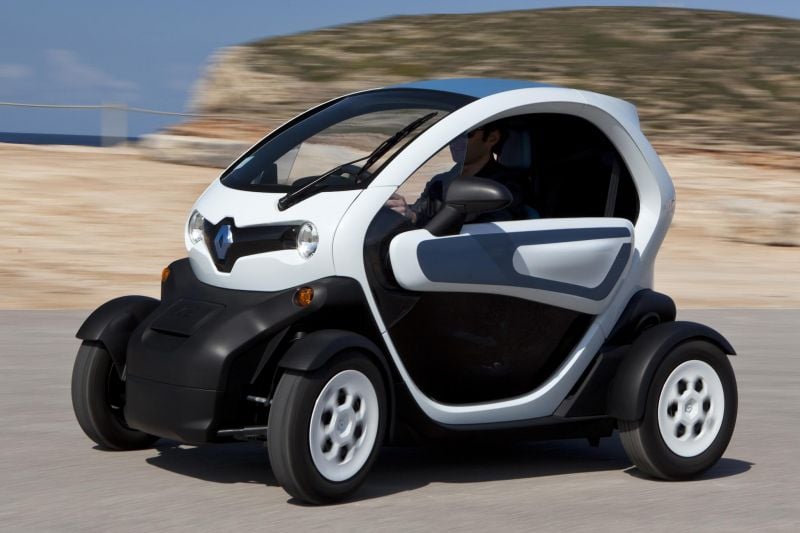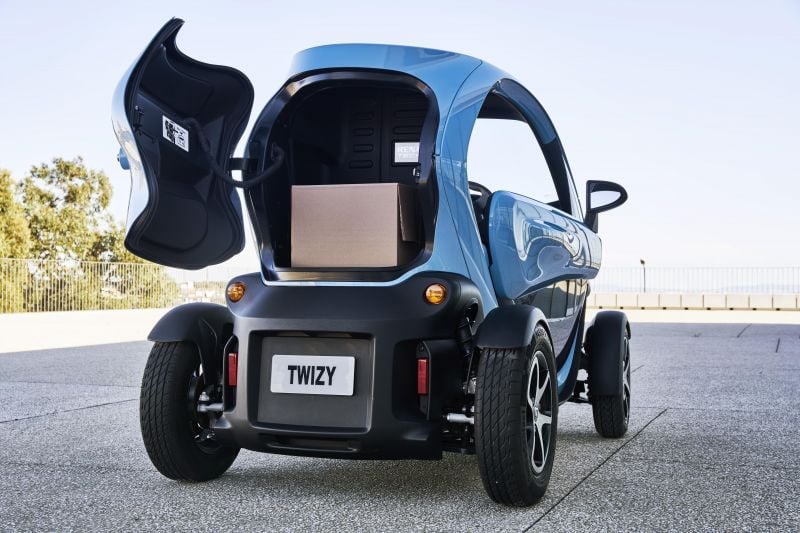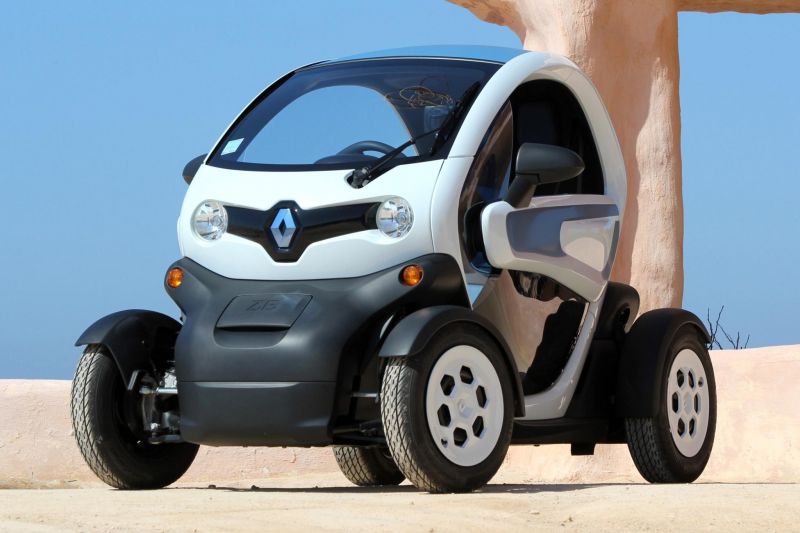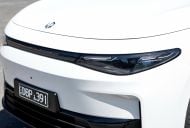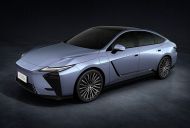Europe is well known for its historic cities, many of which retain an almost medieval layout with alleyways and narrow cobblestone streets.
Along with other factors such as tightening emissions regulations and urban congestion, this has driven a preference amongst European buyers to have smaller vehicles that are easier to park and can traverse cramped city centres more efficiently.
Indeed, unlike the Australian market, light cars and superminis (officially known as the A-segment in Europe) remain a significant category with a variety of options not sold here.
However in many cases, there is value in having a vehicle with four wheels that sits below even this A-segment. These are known as quadricycles, and certain models in this class such as the Renault Twizy and Citroën Ami, have received attention around the world.
Quadricycle: European regulations
Whilst quadricycles have four wheels like a passenger car, they have restrictions with regard to power, weight and top speed.
Technically, European regulations put quadricycles in the ‘L’ category alongside mopeds, motorcycles and tricycles rather than the ‘M’ category dedicated to typical passenger cars.
Quadricycles are further divided into two types, namely the L6e light quadricycle, and the L7e heavy quadricycle.
Light quadricycles cannot exceed an unladen mass of 350kg, though an exception is made for electric vehicles, whereby the battery does not count towards this weight.
Regardless of whether the quadricycle is driven by an electric motor or a combustion engine, the total power output also may not exceed 4kW, and top speed is limited to 45km/h.
Heavy quadricycles do not carry a top speed restriction, but are still restricted to a maximum power of just 15kW and an unladen mass of 400kg – extended to 550kg for quadricycles intended to carry cargo, and also having the same exception as electric light quadricycles whereby battery weight is not counted towards this limit.
As they are not considered to be passenger cars, the licensing requirements for quadricycles in Europe are more akin to mopeds rather than passenger cars. In general, this means that in most EU countries, anyone above the age of 16 can drive a quadricycle (without being accompanied by another driver).
Some countries have further exceptions to this rule, however. In France for example, light quadricycles are classified as voiture sans permis (vehicle without licence), and can be driven by anyone over 14 years old.
Citroën Ami
Launched in 2020, Citroën’s Ami is a production version of the 2019 Ami One concept, and fits into the light quadricycle category. Featuring a 5.5kWh battery, the Ami has a 45km/h top speed, driven by a motor producing 6kW of power.
Offering seating for two, the Ami has miniscule dimensions with a length of just 2.41m, width of 1.39m and height of 1.52m. Correspondingly, the tight turning circle of 7.2m allows for easy manoeuvrability on even the narrowest of city streets.
One interesting aspect of the Ami is its symmetrical design approach to reduce tooling costs and simplify production. The front and rear of the car are identical apart from red lenses to denote tail-lights, including the bumpers and under-body panels.
The sides of the Ami also follow this principle. Cleverly, to make the doors identical, the driver’s side door is rear-hinged, in a move that Citroën claims improves on-board accessibility and comfort, whilst the passenger-side door is front-hinged like on most cars.
In both cases, the side windows also remain identical to each other.
Citroën claims that the Ami is geared to an urban demographic, and this includes everyone from teenagers who want to travel by themselves to visit their friends or go to lessons, a second vehicle for a couple to use when making shorter errands, or businesspeople who wish to commute through the city with peace of mind.
Correspondingly, the Ami offers significant levels of customisation, including various accessories such as a handbag hook, exterior stickers, and a choice of four paint colours.
More recently, Citroën unveiled a limited edition ‘Ami Buggy’, which replaces the standard Ami’s doors with open tubular ones, and also features a canvas roof and gold-painted steel wheels. Limited to just 50 units, this version of the Ami reportedly sold out within 18 minutes of orders opening.
In Europe, the Ami is available to lease or buy, with prices starting from 6000 euros (approx. $9000)
Renault Twizy
Peugeot/Citroën and Renault have long been fierce competitors, with each model in their lineup often having a direct competitor from the other side. Correspondingly, Renault has the Twizy to compete against the Ami.
In reality, the Twizy is the much older design, having launched in 2012, and has largely been unchanged since.
Rather than having two seats beside each other like the Ami, Renault calls the Twizy a ‘1+1’, with a full-size seat up front, and a smaller seat positioned directly behind that is suitable for shorter people or children.
This allows for even more compact dimensions than the Ami, with a total length of just 2.34m, a width of 1.24m and a height of 1.45m, that facilitates a turning circle of 6.8m.
The Twizy’s design is perhaps even more distinct from a traditional car than the Ami’s. Despite not having any symmetrical body panels, the Twizy features a bubble-like body with wheels in separate enclosures, to create more of a cross with conventional mopeds or motorcycles.
Powertrain-wise, the Twizy is available in options that meet both the light and heavy quadricycle criteria. The Urban 45 features a 4kW motor delivering a top speed of 45km/h, whilst the Urban 80 features a more powerful 13kW with a top speed of 80km/h.
Both variants are powered by a 6.1kWh battery to deliver a claimed range of around 90km. Cargo versions of these models are also available, which remove the back seat for increased loading capacity.
Can these quadricycles be sold in Australia?
The short answer to this question is no. Australian Design Rules (ADRs) or other associated legislation does not make any provisions for a separate class of quadricycles.
Therefore, models such as the Twizy and Ami would likely be classified as passenger cars, and on that basis would not meet the required ADRs to be driven as cars on public roads.
Even if they were able to be sold in Australia, it is unlikely that they would sell in significant numbers. Australia is a wide, open country that does not have the same space restrictions or narrow streets that European cities do, and the limited speeds would make them unsuitable for anything but the city centre.
At an assumed price tag in the $9000-$15,000 range, it would likely be a wiser decision to buy a far more practical and quicker used car.
It is also important to note that as quadricycles, these vehicles lack many of the fundamental safety features that consumers have come to expect from modern cars.





